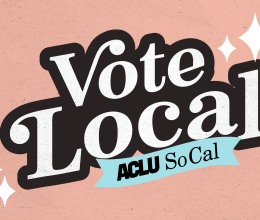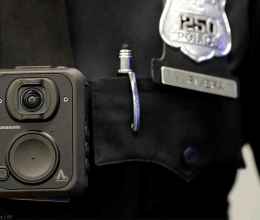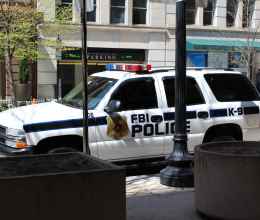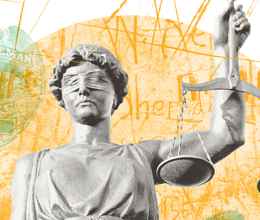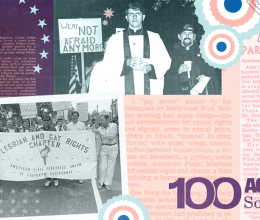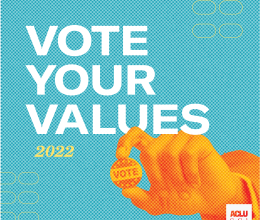
Earlier this month, a federal judge released disturbing video of Gardena Police officers shooting an unarmed man to death and wounding another — footage the city and its police department fought to keep from the public. That fight shows why we can’t leave it to police departments’ discretion whether to be transparent on deadly force, but badly need state law to make information like this available to the public.
Without the video, the public had only conflicting descriptions of the shooting. The men who survived the shooting described holding their hands in the air when police fired. The Los Angeles County District Attorney’s office found the killing justified, describing how the fatally wounded man failed to comply with officers’ shouted orders to keep his hands up, and concluded “the officers responded with deadly force in reasonable fear for their lives.”
With such conflicting accounts, people default to assumptions based on instincts and ideology. Many trust the government because they’re inclined to. Others, who may have seen police misconduct glossed over in the past, believe that’s happening again.
The video changes that. It shows the shooting of an unarmed man who posed no visible threat. And even as it answers questions about the shooting, it raises more about standards for use of force and our institutions for holding police accountable — why has Gardena not imposed discipline? How could the DA so forcefully find the shooting justified?
A fundamental obstacle to improving policing in California is the secrecy around police use of force and misconduct. There is no transparency when the agency under scrutiny keeps critical evidence secret. When one side controls the information, there can be no assurance of accountability and as a result no public trust.
Sadly, police agencies in California have institutionalized secrecy, especially when it comes to examining encounters that lead to a civilian’s injury or death.
The Los Angeles Police Department, for example, has refused to release video from body cameras worn by officers involved in the fatal shooting of a homeless man killed on the city’s downtown streets.
Officials in Gardena openly admitted in court filings that the city paid $4.7 million to settle the case, in part, with the expectation that the video would remain hidden from the public — in essence, using taxpayer funds as hush money. But it wasn’t just Gardena that wanted to keep the video secret. The Los Angeles County Police Chief’s Association, the California State Sheriffs’ Association, California Police Chiefs’ Association and the California Peace Officers’ Association all filed legal briefs urging the court to keep the video from public view.
Why?
Because law enforcement feels entitled to limit public scrutiny. In that view, an officer who kills someone has a privacy interest in the investigation that trumps public discussion. And police agencies feel they should be able to keep investigative materials from the public so they can’t second guess the agency’s decisions about in-policy shootings or discipline — as would have happened here, if the press hadn’t intervened to obtain release of the video.
That has to change. High-profile police killings over the past year show us that the standards for police use of deadly force are out of step with public expectations, and the systems to review that force are broken. But those systems remain broken because they’re kept secret.
We must open policing to public scrutiny. That means releasing videos from dash cams and body cams, and allowing the public to see the investigation of serious incidents so they can understand if the rules for use of force are appropriate and the systems for accountability are working.
Police must be accountable to the public because even when they kill, they act in our name.
Hector Villagra is executive director and Peter Bibring is director, police practices at the ACLU of Southern California.
